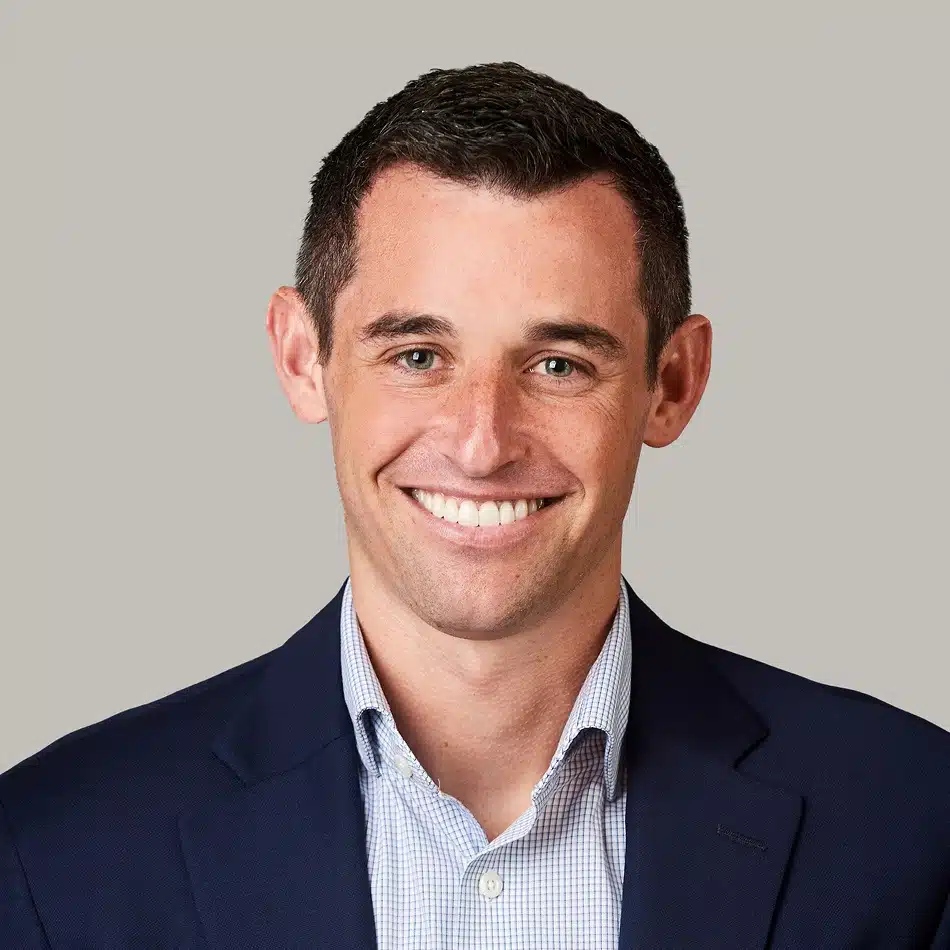Industry: Services
Organization: Private Equity
Anyone involved in middle/lower-mid-market private equity has likely noticed the increase in sponsors pursuing buy-and-build (B&B) strategies to consolidate fragmented markets. According to Bain & Co. add-on acquisitions made up 72% of all PE buyout transactions in North America in 2022.
B&B platforms have become a popular entry point for many investors in markets like specialty distribution, multi-site healthcare, home services, and industrial/business services. As a result, JM Search has seen a steady uptick in the number of executive search mandates for B&B platforms in the past three years. The variety of sponsor types executing the strategy have also been notable as we have worked with independent sponsors, B&B specialists, and larger mid-market firms that have moved down market.
For any PE-deal, including a B&B, getting the right leadership in place is critically important. However, unique to a B&B platform, the initial sponsor of the platform is often building out an executive leadership team from scratch vs. supplementing/making changes to an already established team of leaders. Hiring executives for a platform before there’s scale may appear to some as counterintuitive, however we’ve witnessed firsthand that it can significantly de-risk an investment and lead to the best outcomes.
As an executive recruiter specializing in private equity, we’re working with sponsors and executives daily to build high-performing leadership teams. What follows are some frameworks and considerations we believe to be helpful in thinking through investing in talent and some observations from working with sponsors and executives in B&B scenarios.
The J-Curve
When discussed within the context of PE, the “J-Curve effect” usually describes the phenomenon whereby private equity funds generally produce negative returns in the early years of a fund’s life. This framework is universally understood and accepted by PE funds and their Limited Partners. However, the “J-Curve” is a helpful mental model when thinking through adding executive talent to a sub-scale platform; the financial metrics (i.e., EBITDA) will initially take a dip. However, the focus should remain on the long game, as financial metrics will improve as the company scales.
Under Hiring vs. Over Hiring
The most common mistake we see PE sponsors make when building out an executive team is under hiring. Under hiring is mostly a symptom of trying to manage costs in the early days of a platform (referenced above), but the consequences can be disastrous in the long run. Managing costs are important in every organization, regardless of size, so we recommend the sponsors hire for the company they intend to be vs. focus too heavily on current state.
However, the downside consequences of over hiring in the near-term are relatively low. If a sponsor hires a CEO who doesn’t end up justifying their compensation (i.e., a bad hire) they will be moved out. If the platform doesn’t end up scaling (e.g., inability to close acquisitions, flawed thesis, etc.) the CEO will likely self-select out. In these two downside scenarios the issues were not related to over-hiring, nor did either eliminate the risk of making a “bad hire” for the role. Using another investment framework, the scenario presents an asymmetric risk/reward profile.
The Importance of Timing
Like the under-hiring framework, waiting too long to hire key leadership—especially a CEO—can also present problems down the road. For sponsors that do not start a platform having already identified a CEO/management team, hiring the CEO (and often CFO) shortly after the first deal can be beneficial for a few reasons:
- CEO’s will have more “ownership” in the platform. The term “ownership” here is not referring to equity but rather the ability for the CEO to help shape the platform, including having input into acquisitions and/or key decisions that need to be made early in a platform’s life.
- Activities that lead to value creation can take time. While private companies are shielded from the grind of optimizing for quarterly earnings, a great deal of work goes into optimizing for a desired event in the future (i.e., a sale). The 12 to 20 quarters in the average PE deal go by quickly, especially when the front-end and back-end are consumed with onboarding and sales process respectively.
- Acquisitions become easier to integrate. When an acquisition is made after a CEO/management team has been established, integration is more seamless because the leadership team has had the opportunity to establish culture and management cadence. Additionally, employees and management of acquired companies often are more open-minded when presented with the opportunity to engage with peers who have gone through the change management agenda from within other acquired operating companies.
Looking Inward
Great talent does not always come from the outside. In many cases we have seen management and middle-management from acquired companies play meaningful roles at the corporate/platform level. Institutional ownership gives many of these legacy employees the opportunity to advance their career and develop in ways that were not possible under previous ownership. Identifying leaders who can grow and scale and then investing in them can add tremendous value to the business. The CEOs of future platforms are often created in these scenarios.
To stay up to date on trends shaping the executive talent landscape, subscribe to our blog for additional insights.
Insights in your inbox
Stay up to date on the latest trends and insights shaping the executive search landscape from JM Search’s Blog.

